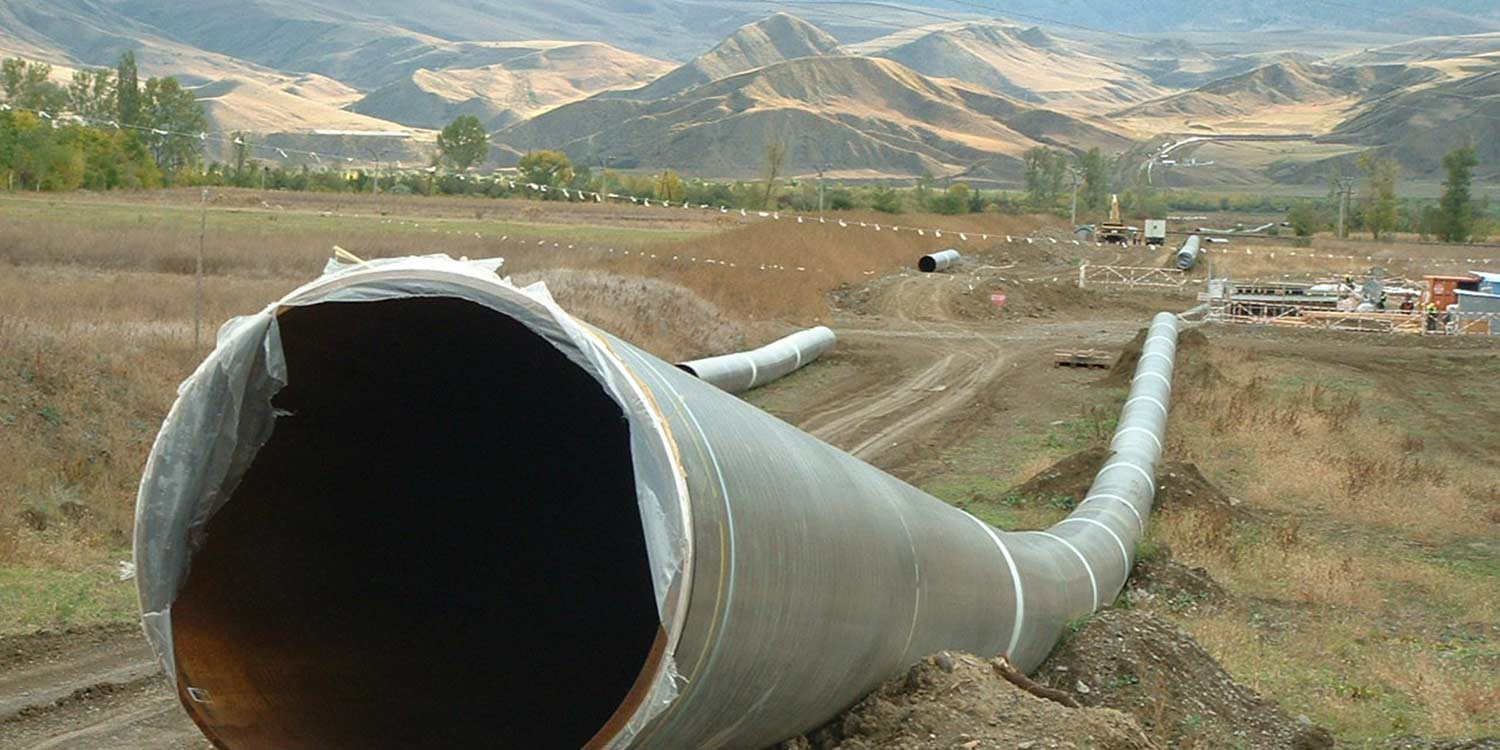
In January, during a meeting in the Slovakian city of Trenčín, Bankwatch reached a key milestone in its development: the decision to become an independent legal entity. After an initially unsuccessful attempt to register the organisation in Poland, attention turned to the Czech Republic, where registration was successfully completed in November.
In March, Bankwatch launched its first website, hosted on a server at Tartu University in Estonia, a significant step towards increasing the organisation’s visibility and outreach.
In April, a meeting of the Stability Pact for South Eastern Europe was held in Bankya, Bulgaria. The aim was to bring together civil society organisations from across the Balkans and explore the creation of a network of south-eastern European non-governmental organisations.
The year also saw the launch of Bankwatch’s campaign against the Baku–Tbilisi–Ceyhan oil pipeline, a major infrastructure project with serious environmental and social implications.
In May, the EBRD held its Annual Meeting in Kyiv. Participation by local non-governmental organisations was heavily restricted, prompting Bankwatch to organise a parallel reception outside the official venue. This event provided an alternative space for dialogue and was attended by both EBRD representatives and local activists.
In June, the Aarhus Convention was signed, establishing a legal guarantee for public access to environmental information, participation in decision-making processes, and access to justice in environmental matters.
